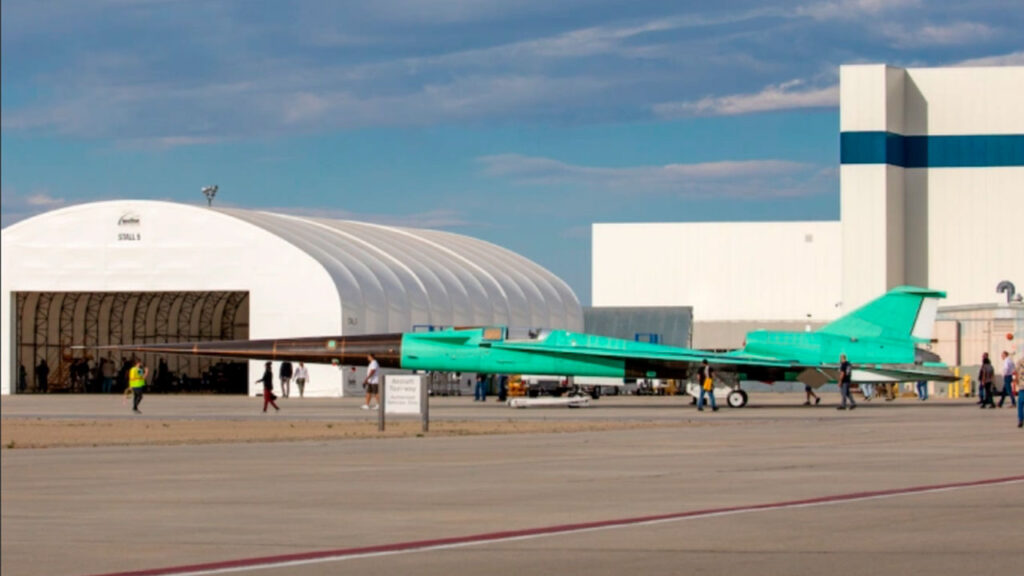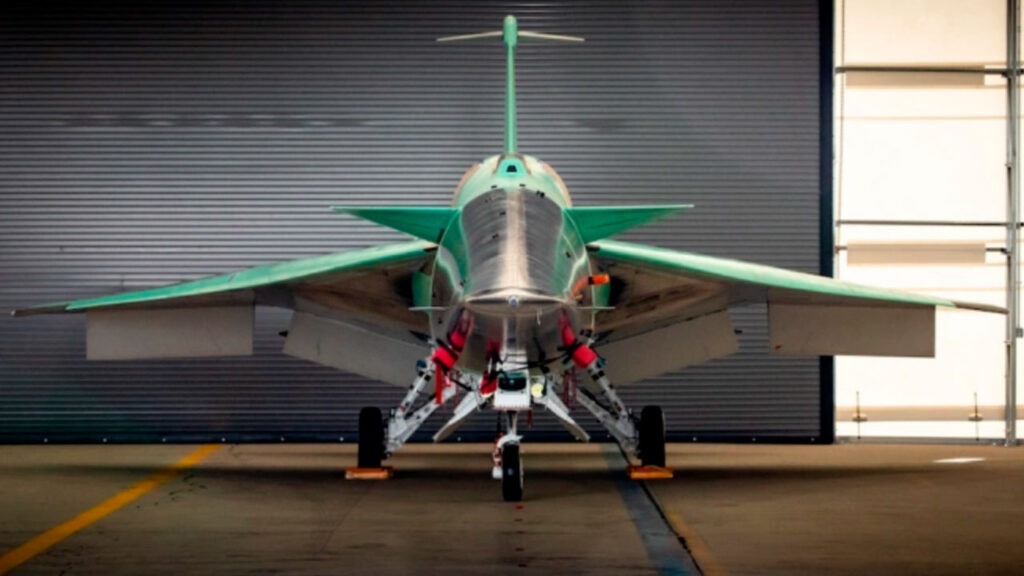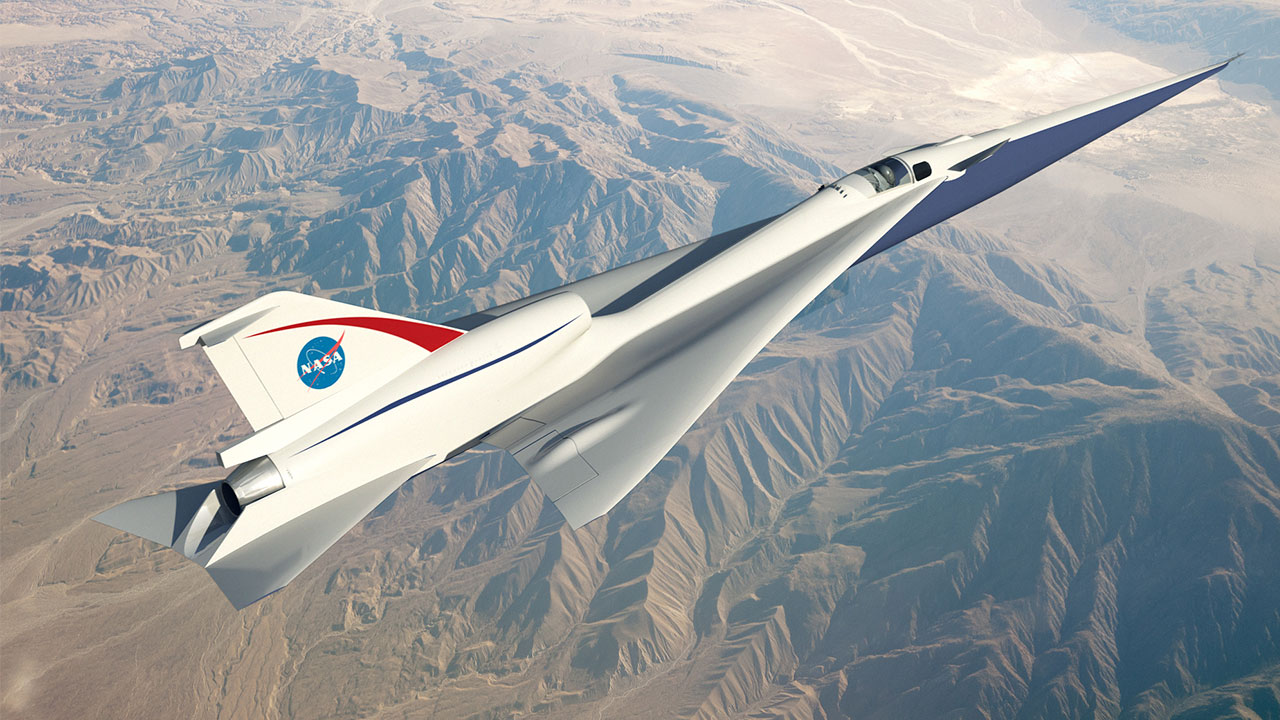Concorde, which first began commercial flights in the 1970s, made supersonic journeys for approximately 30 years, surpassing the speed of sound. These aircraft carried numerous passengers during those 30 years but bid farewell in the early 2000s due to various issues. Although supersonic travel has been restricted since then, it seems that this situation is about to change.
Travel times will be halved with supersonic flights
NASA’s experimental X-59 Quiet SuperSonic Technology (QueSST) aircraft is preparing for its first test flight this year. As the name implies, QueSST hosts a technology that reduces the sound of the sonic boom generated when breaking the sound barrier.

With X-59’s ability to minimize sudden noise, it can potentially address the noise pollution caused by these aircraft. It is expected that the advancement of this technology will pave the way for supersonic passenger planes. As known, Boom Supersonic also introduced its aircraft named Overture last year.
NASA recently shared a few images of the X-59. The space agency expressed that the aircraft will be ready for its first test flight after a series of upcoming tests. The impact of the noise generated during these flights will also be assessed on people.

The development of X-59 began in 2016, and it was designed to fly at Mach 1.42 (1,508 km/h) at 55,000 feet (16,765 meters). The supersonic passenger aircraft, planned to reach twice the speed of a traditional passenger jet, will significantly reduce flight durations.
The supersonic passenger jet Concorde, which was retired by British Airways and Air France in 2003, completed the fastest flight between New York and London in just 2 hours and 53 minutes. Currently, the journey from New York to Los Angeles takes approximately 5 hours and 30 minutes, but it is expected to be reduced to around 2 hours and 30 minutes with the X-59.














